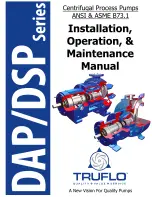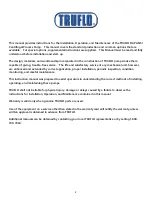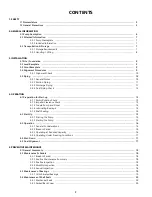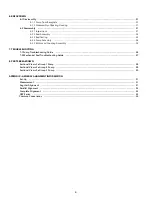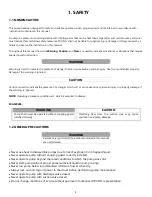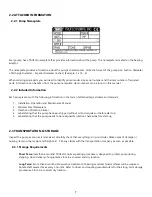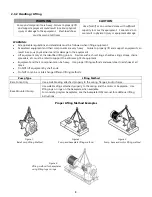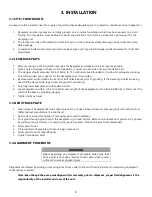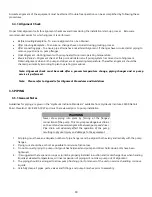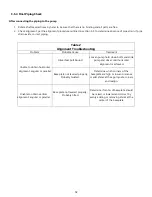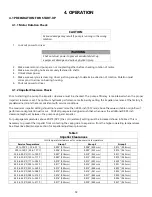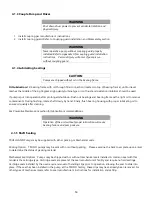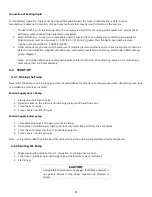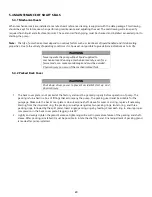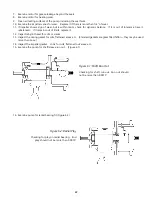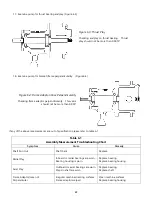
8
2-3.2 Handling / Lifting
WARNING
CAUTION
Pump and components are heavy. Failure to properly lift
and support equipment could result in serious physical
injury or damage to the equipment. Steel-toed shoes
must be worn at all times.
Use a forklift or an overhead crane with sufficient
capacity to move the equipment. Failure to do so
can result in physical injury or equipment damage.
WARNING:
All applicable regulations and standards must be followed when lifting equipment.
Assembled equipment and their components are very heavy. Failure to properly lift and support equipment can
result in serious physical harm and/or damage to the equipment.
Lift equipment only at the identified lifting points. Devices such as hoist rings, shackles, slings, straps, chains,
spreaders, etc. must be rated to support the entire weight of equipment.
Equipment and their components can be heavy. Use proper lifting methods and wear steel-toed shoes at all
times.
Do NOT lift equipment by shaft ends.
Do NOT combine or interchange different lifting methods.
Pump Type
Lifting Method
Bare Pump Only
Use a suitable sling attached properly to the casing, flanges, and/or frame.
Base Mounted Pump
Use suitable slings attached properly to the casing and the motor or baseplate. Use
lifting lugs or rings on the baseplate when available.
For concrete polymer baseplates, see the baseplate IOM manual for additional lifting
instructions.
Proper Lifting Method Examples
Figure 1:
Bare Pump Lifting Method
Figure 2:
Pump and baseplate lifting method.
Figure 3:
Pump, base and motor lifting method.
Figure 4:
Lifting method for baseplates
using lifting lugs or rings.

